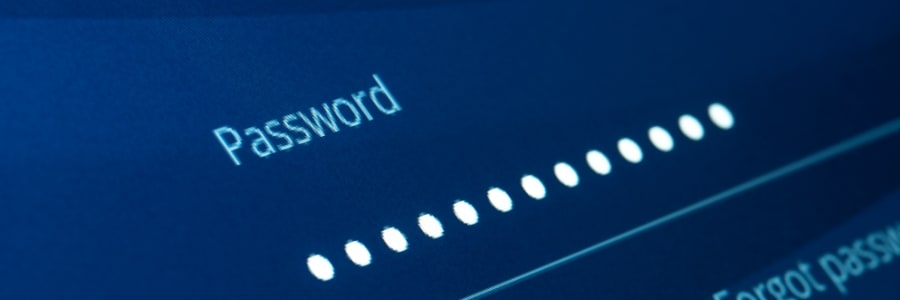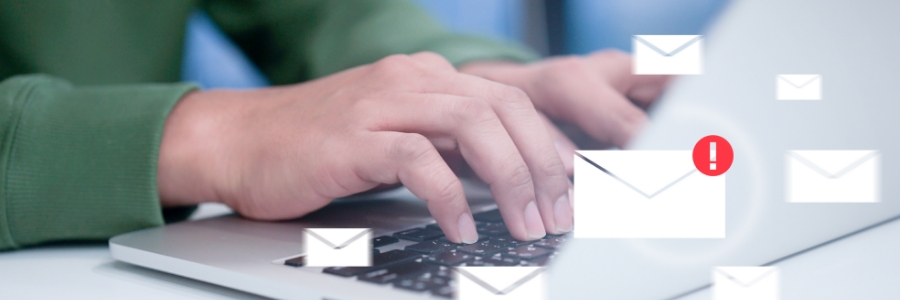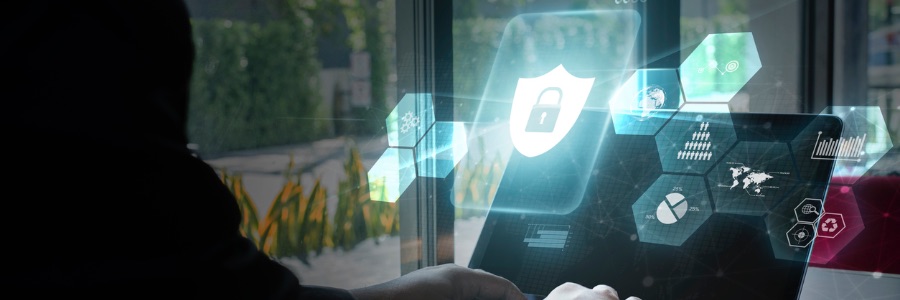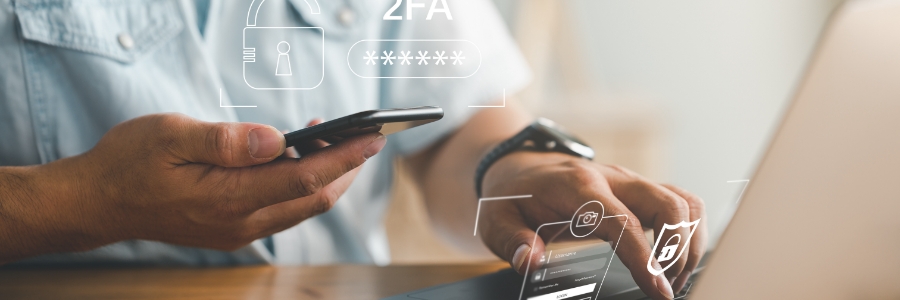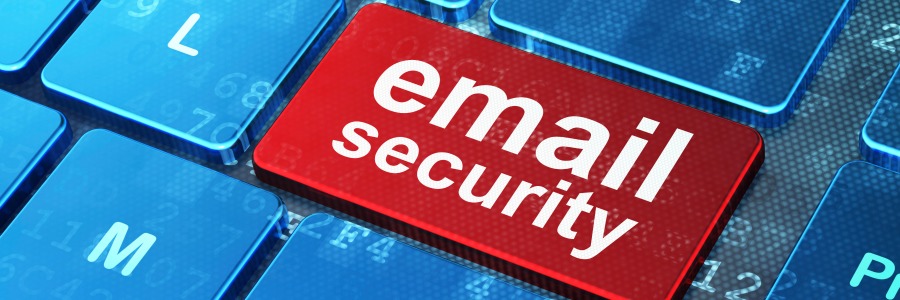Passwords are a necessary evil in today's world. We need them to protect our online identities, but they can be a pain to remember and type in. That's why it's important to ensure your passwords are up to date and compliant with the National Institute of Standards and Technology (NIST) guidelines.
Update your passwords now
7 Ways to keep your email account safe
Top security tips for remote workers
The differences and benefits of two-factor and two-step authentication protocols
Surefire ways to protect your email account
Think your password is secure? Think again
Security best practices for BYOD policies

Bring your own device (BYOD) policies give employees the flexibility to use devices they are comfortable with while allowing businesses to reduce hardware spending. However, BYOD also carries plenty of security risks.
Loss or theft of devices – Employees often bring their personal devices wherever they go.
Ways to safeguard your company’s data
Two excellent ways to verify user identity

A secure login process is an excellent way to protect your business from cybercriminals.
When it comes to verifying user identity, you can choose between two-step authentication and two-factor authentication. Learn the difference between the two so you can have a better appreciation of your cybersecurity options.

